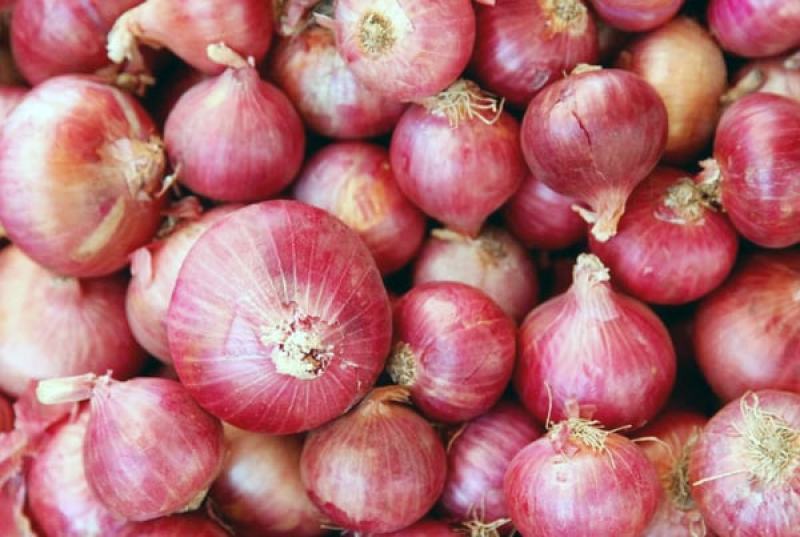- 80,000 people have fled Rafah since Monday, UN agency |
- No Foreign Voluntary Org can buy land sans prior govt nod |
- Probe committee to investigate BAF fighter jet crash in Ctg |
- Upazila Polls saw 36% voter turnout: Commissioner Alamgir |
- “Everyone with a TIN certificate should be under tax net” |
India allows export of onion to Bangladesh, other 5 countries

India has allowed export of 99,150 tonnes of onion to six neighbouring countries including Bangladesh despite the ban of shipments, an official statement of Indian Ministry of Consumer Affairs, Food & Public Distribution said today.
The five other neighbouring countries are - the UAE, Bhutan, Bahrain, Mauritius and Sri Lanka.
Indian government has imposed ban on onion export on December 8, 2023 to ensure adequate domestic availability against the backdrop of estimated lower Kharif and Rabi crops production in 2023-24 as compared to previous year, reports BSS.
Following the ban, the onion prices in Bangladesh shoot up causing sufferings to the consumers.
The statement said the quotas allocated for export to the six countries are being supplied as per requisition made by the destination country.
The National Cooperative Exports Limited (NCEL), the agency for export of onion to these countries, sourced the domestic onions to be exported through e-platform at L1 prices.
The NCEL supplied to the agency or agencies nominated by the government of the destination country at the negotiated rate on 100% advance payment basis, it added.
The offer rate of NCEL to the buyers takes into account the prevailing prices in the destination market and also international and domestic markets.
As the largest producer of onion in the country, Maharashtra is the major supplier of onions sourced by NCEL for export.
Besides, India had also allowed export of 2000 MT of white onion cultivated specially for export markets in Middle-East and some European countries.
Being purely export oriented, production cost of the white onion is higher than other onions due to higher seed cost, adoption of good agricultural practice (GAP) and compliance to strict maximum residue limits (MRL) requirements.

